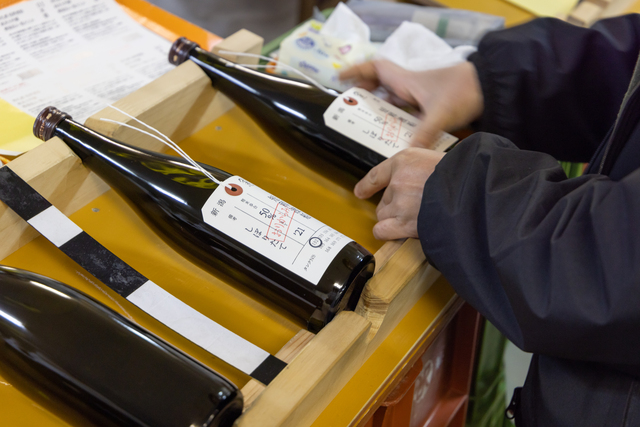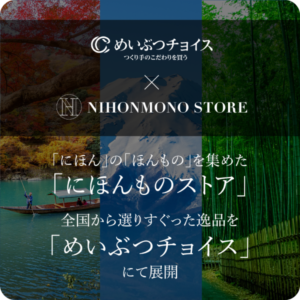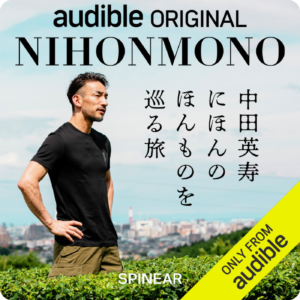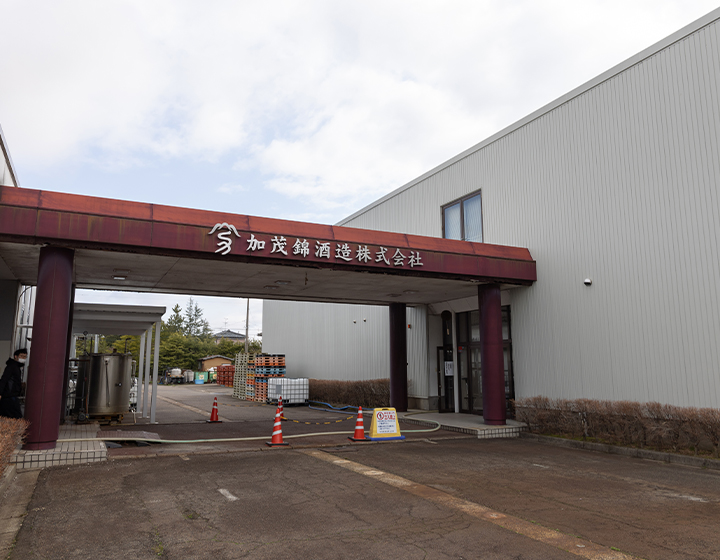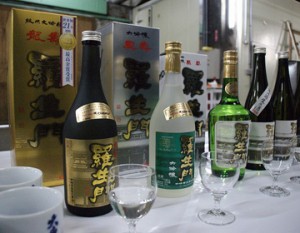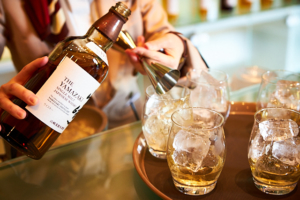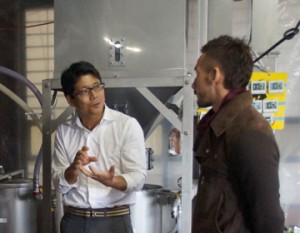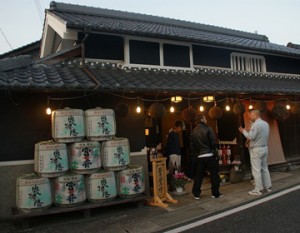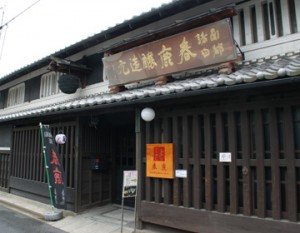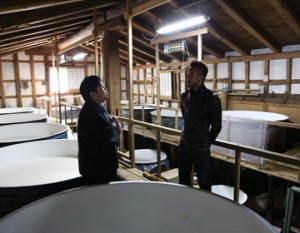Kamo Nishiki Brewery, a Local Favorite
Kamo City, located roughly in the center of Niigata Prefecture, an area long from north to south, is blessed with a historical landscape of castle ruins and historic temples and shrines, but in fact much of the city is made up of mountain forests. Kamo Nishiki Sake Brewery has been a longtime local sake brewery since its establishment in 1893, using the spring water of the Kamo River, whose source is the famous Mt. The Kamo Nishiki Brewery has long been a local sake brewery, and while light, dry sake is the standard in Niigata, the brewery has produced a mellow sake that is rare in this region. The Tanaka family, which currently runs Kamo Nishiki Brewery, is related to the owner from the Showa period. As the sake industry was slipping with the times, the Tanaka family, a distant relative who had once been in the food manufacturing business, was chosen to take over the management of the company in the 2000s, hoping to somehow preserve the “Kamo Nishiki” brand. This event led to the relocation of the brewery to Akiba-ku, Niigata City, next to Kamo City. The key person in this new era was his son Yuichi Tanaka, who was still a university student at the time. At first, he had no interest in sake brewing, but somehow he was moved by the sight of his father, who rarely drank alcohol, suddenly buying and tasting sake from all over the country and confronting the process of sake brewing. When he tried “Ottersai” and “Jyushiyo,” which were among them, he was shocked by their taste. After discovering for the first time the deliciousness of sake, Mr. Tanaka overcame his parents’ opposition and became devoted to sake brewing.
The Challenge of the New Kamo Nishiki
The new Kamo Nishiki was an amateur sake brewer, including his father. When he took over the management of the company, he rehired several employees, but due to the aging of the workforce, the only experienced person was the former analyst, and there was no toji (master brewer). With no one with experience to rely on, Mr. Tanaka’s sake brewing challenge began. He was allowed to take a leave of absence from college to work part-time for one year, but his father’s condition was that he must make sake that would satisfy the local sake store, Hasegawa Sake Shop. Hasegawa Sake Shop is a well-known store that has opened stores in Omotesando Hills, Tokyo Station Gransta, and other hot spots. It has a track record of discovering numerous famous local sake breweries, so much so that it is said there is no one in the sake industry who does not know about it.
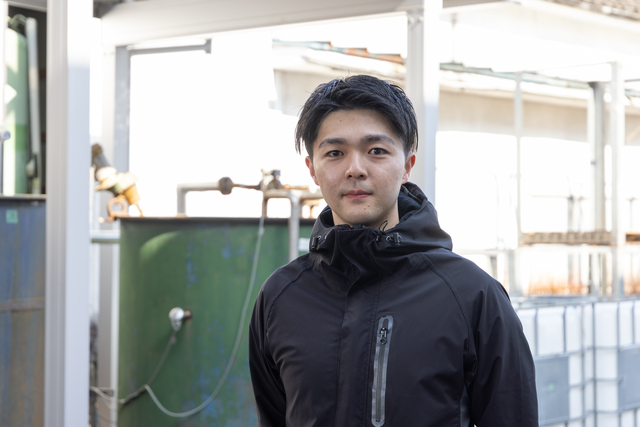

Mr. Tanaka began by recreating the sake brewing process of a famous brewery he had seen on TV. He began by deciphering the graphs from the video and mimicking the numerical values on the ingredients list. That alone was amazing, but gradually he began to understand the logic behind the numbers. His father had told him to do whatever he wanted to do, and although he was self-taught, he tried everything he could to make the sake he wanted. He came to Tokyo with a bottle filled with the finished sake and a simple label attached to it as a packing slip. It was also his job to secure an appointment with Hasegawa Sake Shop. The sake he made in the first year was approved by Hasegawa, the representative of Hasegawa Sake Brewery, and he fulfilled his promise to his father. This was after only one year of sake brewing. I think it was just momentum at first. Perhaps it was because I was extremely young that I was recognized. Looking back on those days, Mr. Tanaka says. This year marks the eighth year since he entered the world of sake brewing in earnest. The sake produced at that time was named “Kafuda-shu” and became the signature series of Kamo Nishiki Brewery. The “Kafuda-shu” series includes Junmai Daiginjyo Kwangsuisen and Dewa Sanzan. The encounter with Hasegawa Shuten led to various opportunities, and the Kamonishiki Brewery rapidly expanded its capabilities. Today, Kamo Nishiki is one of Niigata’s leading sake breweries, with a strong presence in the region. The “Kafuda-shu” series is based on a fresh, elegant ginjo aroma and restrained sweetness, and is available in a variety of variations, including different types of rice and yeast, filtered or not, and hiya-iro (fire-roasted) or not. The labels, which are designed as packing labels, are still stamped with a seal by hand and affixed to each bottle. The “BRILLIANCE” series, which the company hopes to expand in the future, is also well received. The company uses famous sake rice from all over Japan, including Bizen Yamadanishiki and Banshu Aizan. The rice is polished to the very limit so as not to spoil the original characteristics of the rice, resulting in a fresh, fruity taste that attracts new fans who can also enjoy the umami of the rice.
Everyone has their own tastes, but it would be a great honor for me as a brewer to make a sake that breaks through the barriers of taste,” he said. I would like to challenge myself in various ways for the next 10 years. Personally, I am aiming for a sake that is soft and alcohol-free. Mr. Tanaka’s eyes are shining with the joy of truly enjoying sake brewing. The goal of his own sake brewing is still undecided, and the evolution of Kamo Nishiki Brewery, which continues to take on new challenges, will not stop in the future.
